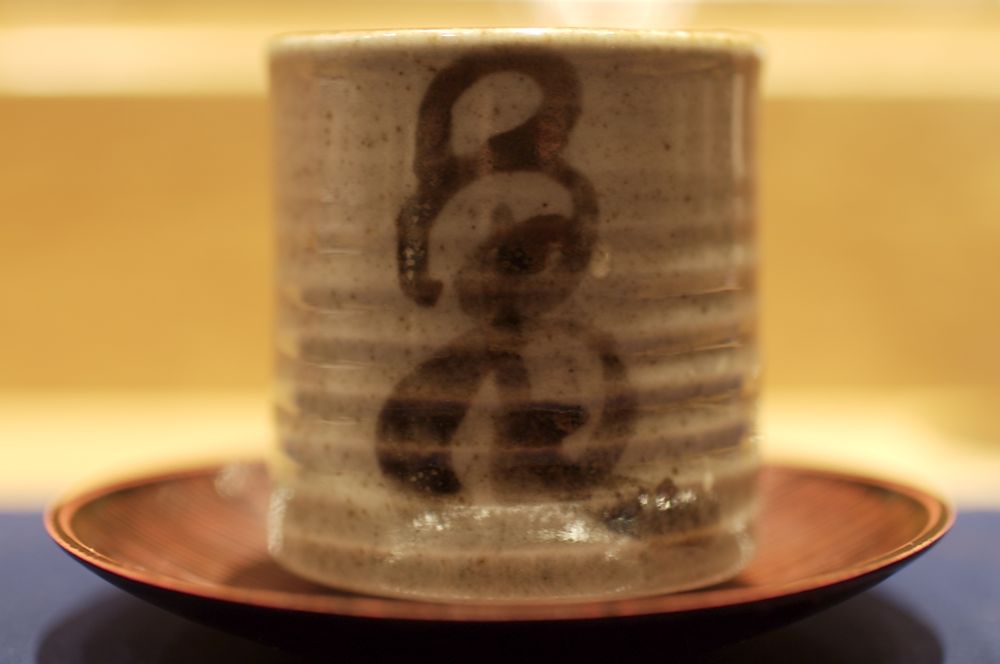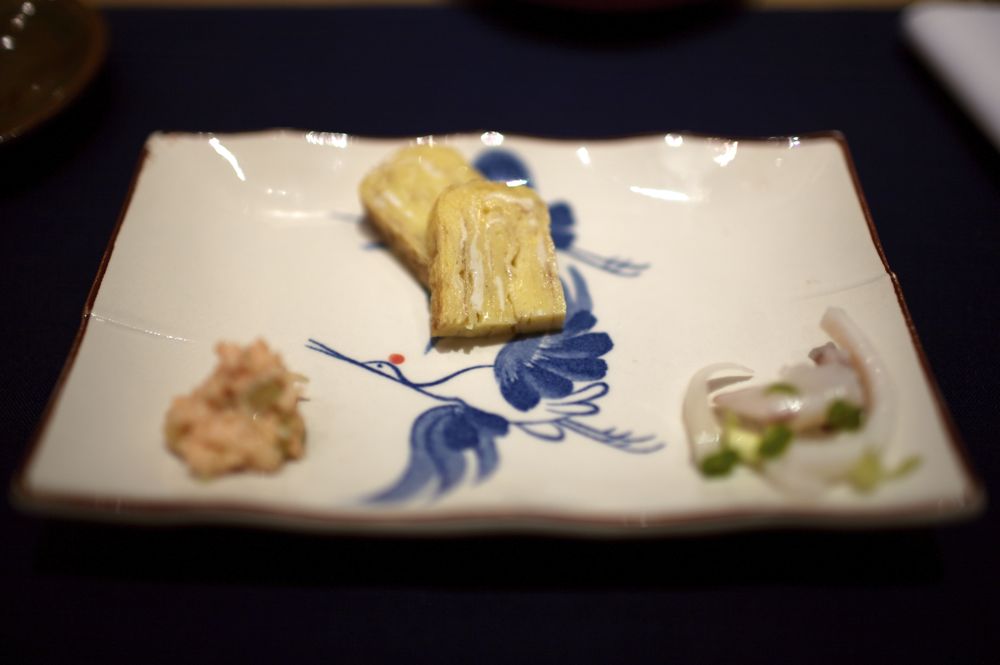Yuki
Tonight I visited Yuki, a sushi restaurant reputed for being the most "authentic" in Buenos Aires. A group of friends and I tried to go last Friday night without a reservation and were told they were completely full -- this was the first time a reservation appears to have been actually necessary. This time, however, I was more prepared. I made a reservation and went by myself. The restaurant is very understated: nothing sleek or fancy, just clean, tidy, and functional. After being buzzed in, I was met by the host who had remembered me from the week before. I sat at the sushi bar, where I was hoping to speak with the chef to learn more about the sushi scene in BA. As I sat down at the bar, I initiated a conversation with him in Japanese, something I find usually either gets me free stuff or more honest recommendations. The chef was completely unphased by this, which I think speaks somewhat of the restaurant's authenticity: no gimmicks here. This attitude is also confirmed by the menu which has no california rolls, no flying dragon handrolls, no Buenos Aires happy maki, just traditional Japanese cuisine. I was really in the mood for some sashimi, so I decided to leave it up to chef Kazuo, and asked for sashimi omakase. He smiled, and got to work. The first course was a small plate of three fish: diced salmon with mayonaise, tamago (sweet egg), and sliced ika (squid) with scallions. The diced salmon was the most notable of the three, with a very fatty texture. The tamago was a bit dense but had a nice sweet flavor, even though there was some mild greying, which suggests that the egg was overcooked. The ika had been flown in from Spain, which was apparent from the lack of firmness -- it was not at the peak of freshness.
While I was working on the appetizers, Kazuo-san got to work on my sashimi. I identified some of the fish he was cutting: saba (mackerel), tako (octopus), hamachi (yellowtail), and sake (salmon); but, there were two fish I'd never seen before. I asked him what they were, and he explained that they were local fish: pejerrey (silverside) and lenguado (dover sole). He also noted that all the fish he was serving tonight came from either Argentina or Chile, with the exception of the ika which came from Spain. Just as I finished my last bite of tamago, a waiter came from around the corner to remove my plate and to place the wooden board of sashimi from the sushi counter to in front of me. This was one of those places where the interaction between the sushi chef and people at the sushi bar still has to pass through a waiter, though I was able to order through the chef.
The platter was very colorful and served with powdered wasabi and white radish -- no ginger. Going clockwise from the octopus in the front: tako, saba, sake, pejerry with lenguado in the middle. The highlight of the selection was the pejerrey which I'd never tried before: a very lean white fish with a texture similar to kurodai (snapper) only a bit more firm with a very clean taste. The sake was also spectacular which, Kazuosan explained, is what makes up 90% of his orders from Argentine customers. I was let down by the tako which was slightly runny and lacked the fresh crisp that I love when it's very fresh. I snapped a picture of a platter he was preparing for the Argentine couple seated at the table across the room -- note the abundance of salmon and shrimp, much tamer sushi for the Argentine palate. I glanced in the refrigerator in front of me and it seems as though he cut me a slice of all the fish that was available that night, except for one. As I got a close look, I realized it was fuke (baby shark)! I was very tempted to try some; but he warned me that it was for tourists and since the muscles of the fish are quite firm for agressive swimming, the fish lacks flavor. But, I got him to hold it up for a picture.
After my selection of sashimi, I was still hungry, so I requested one of my favorite dishes that I pretty much always order at any sushi bar: maguro yamakake which consists of lean tuna sashimi, yamaimo (japanese mountain potato) grated, strips of nori, and a raw quail egg. Kazuosan seemed disappointed that he did not have maguro due to its recent scarcity; but, he would be happy to make it with pejerrey since it was a firm fish that would not fall apart in the liquified potato, and since I liked it so much. He went into the back to bring forward yamaimo for peeling, soaked it in water for 5 minutes, and began grating. Delicious and fresh it was, even without the maguro. Shortly after, I ordered nato temake (fermented soybean hand roll) which I'd been craving -- it did not disappoint. Realizing the time-sensitivity of the nori, instead of waiting for the waiter to come from around the corner to hand it to me, he rolled it up and placed it right into my hands. Crunch. Dessert consisted of sliced apple, the perfect clean and refreshing end to an authentic sushi dinner.
I enjoyed this meal very much, partly because I hadn't had a variety of colorful raw fish, crispy hand rolls, quail egg, or yamaimo for the two months I've been down here. This is undoubtedly the most authentic sushi experience I've had here. However, at times, I felt like Kazuosan was limited by the availability of fresh ingredients: no ikura, uni, maguro, hotate, and many other fish that would be abundant in nearly all sushi restaurants in both New York and Japan.















